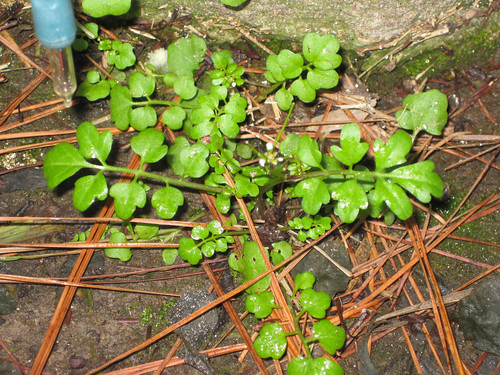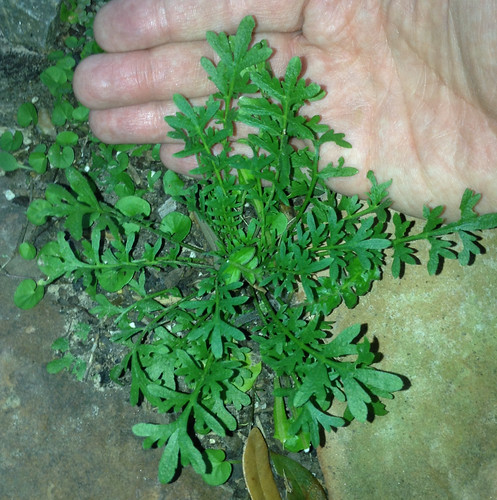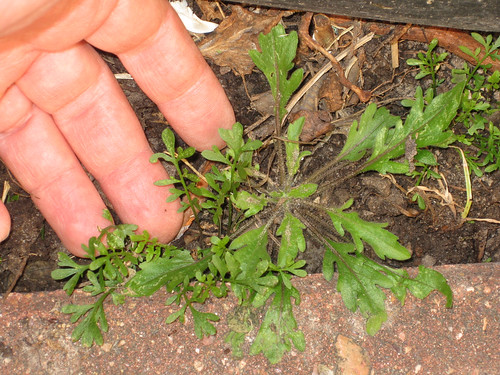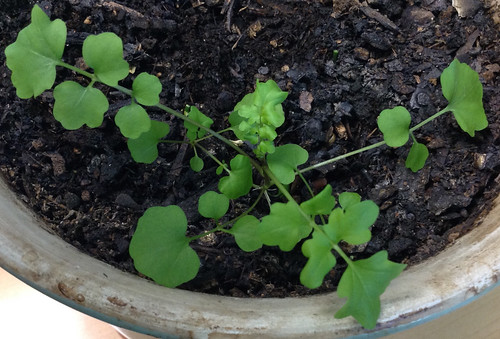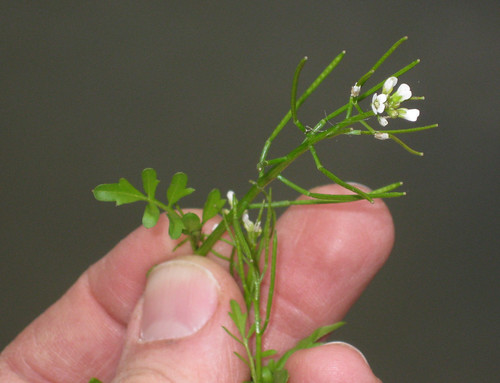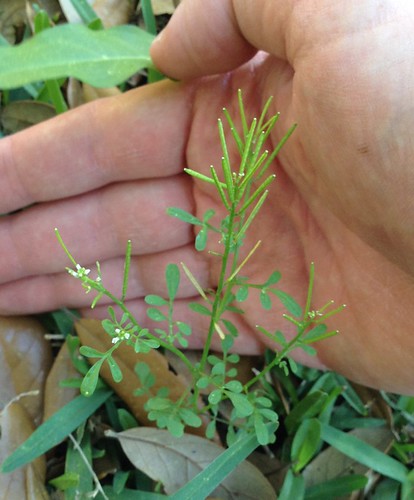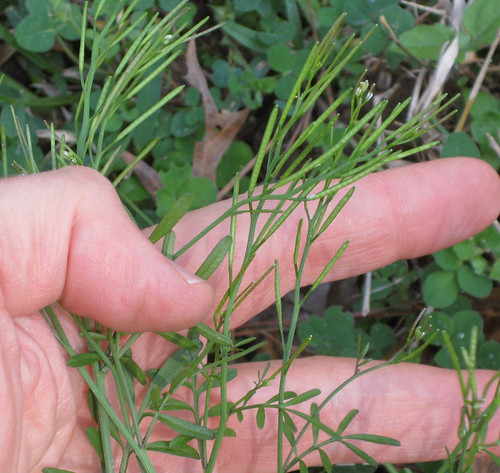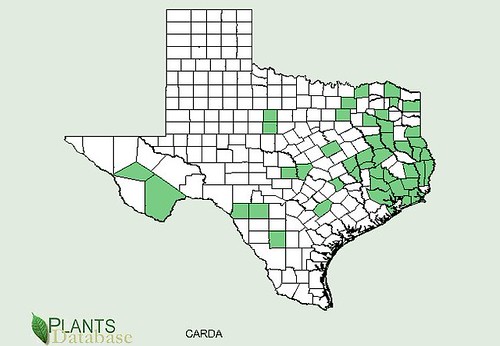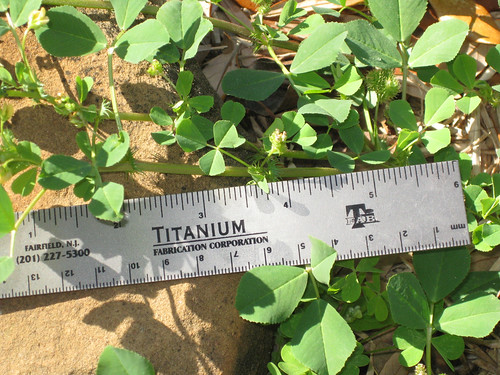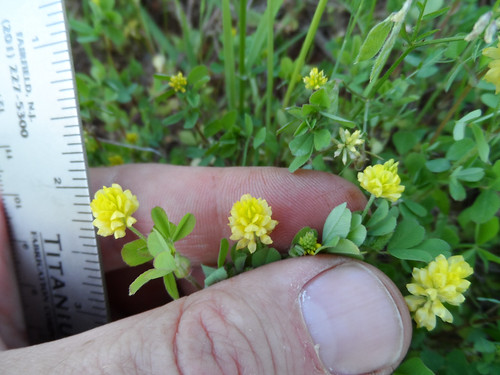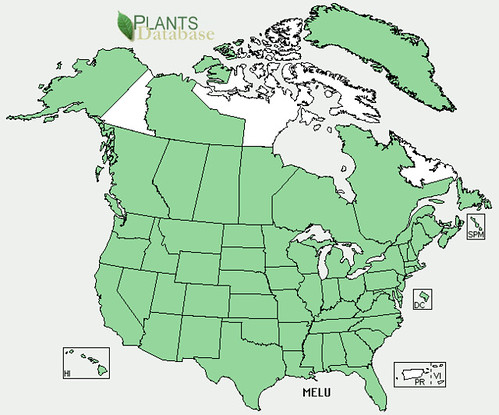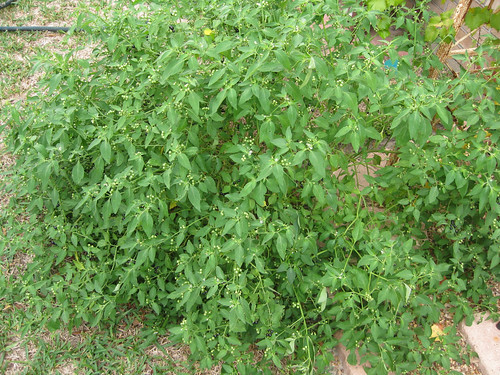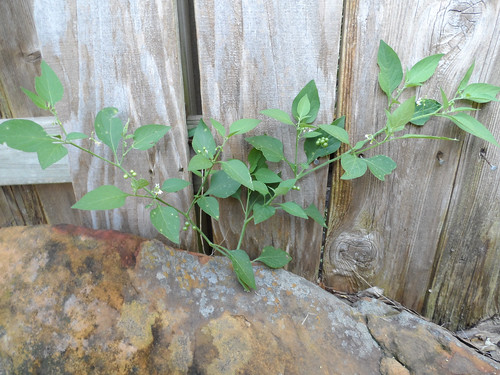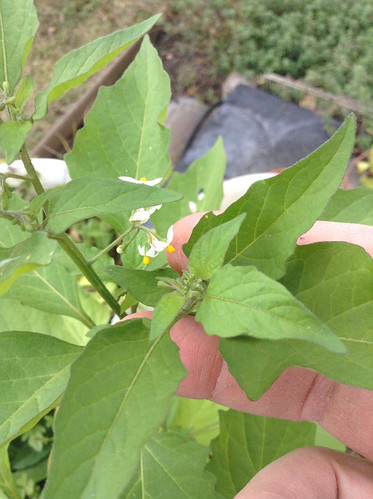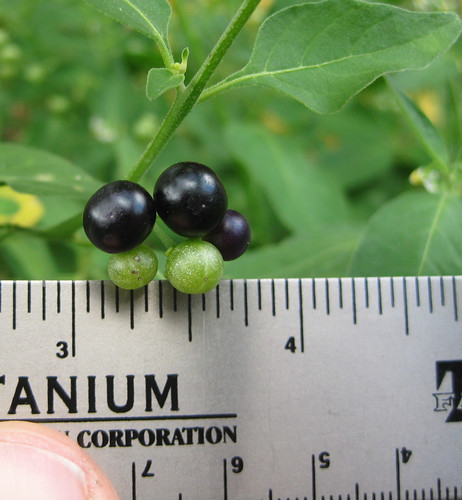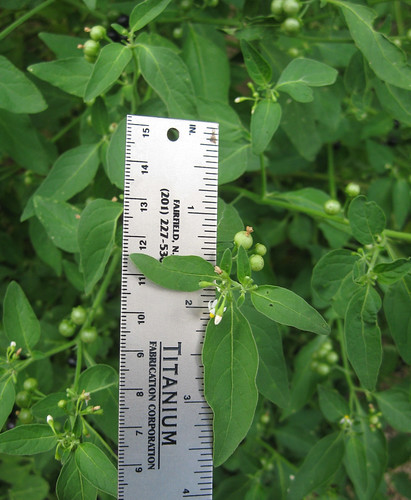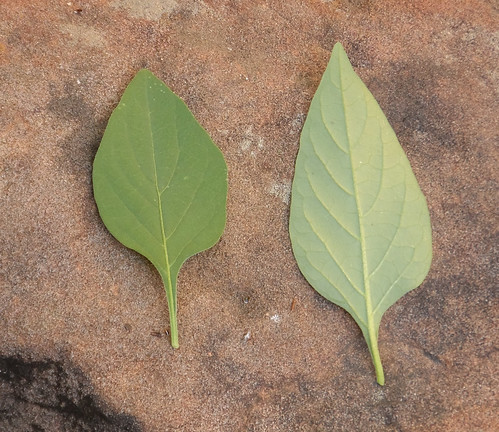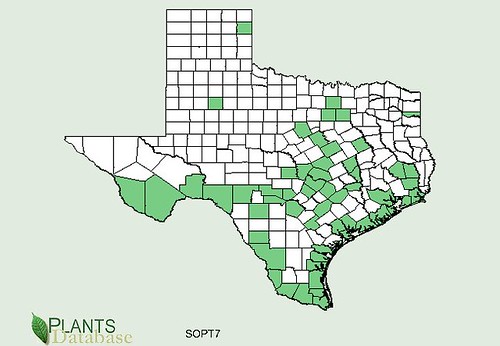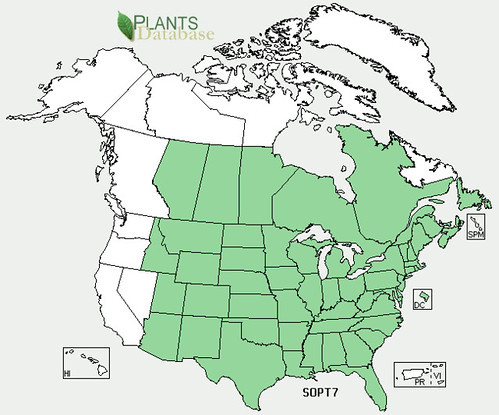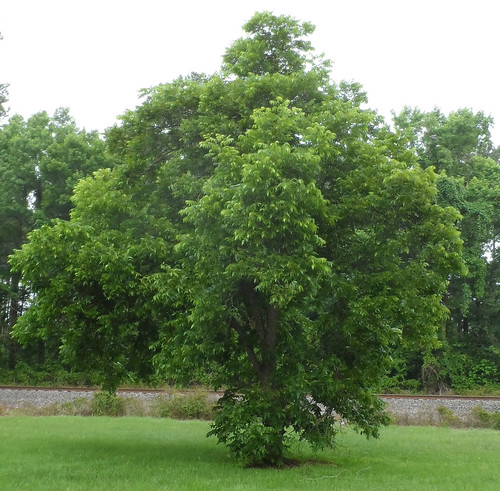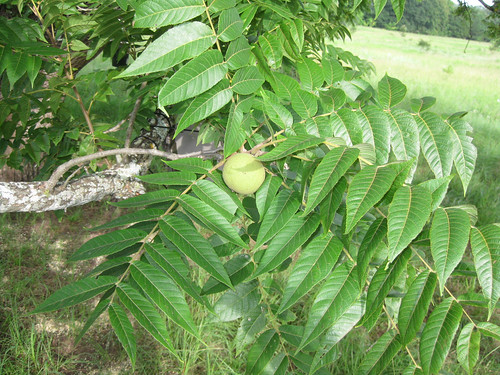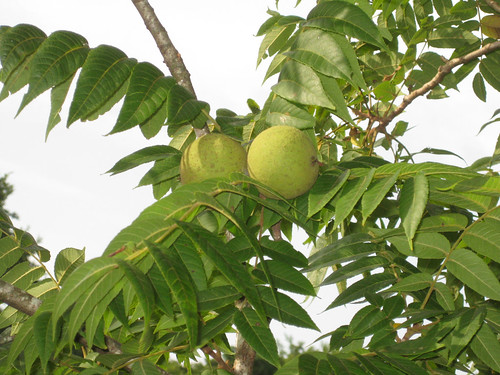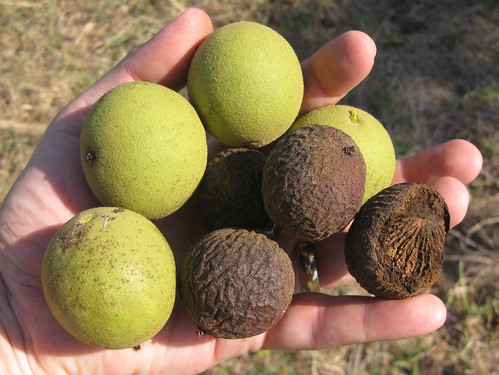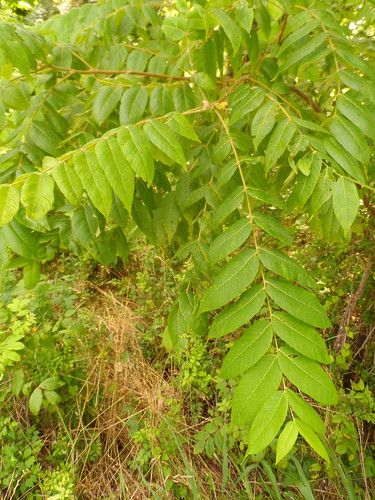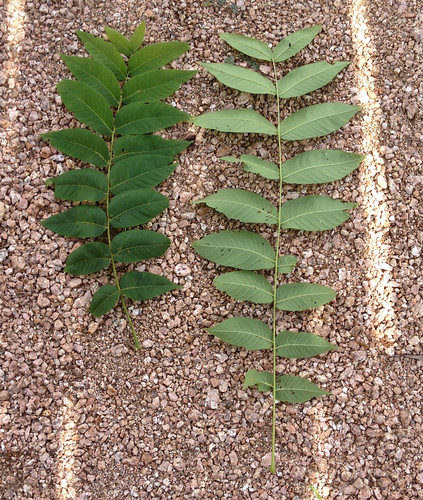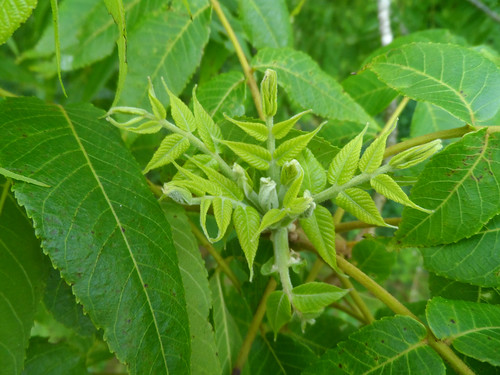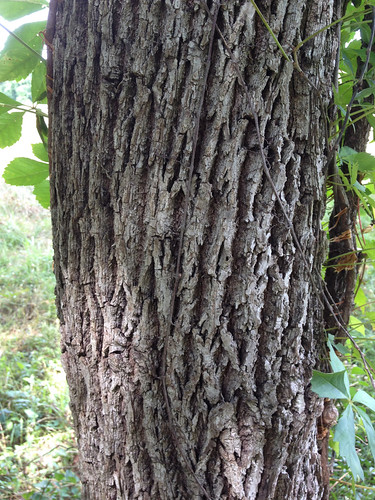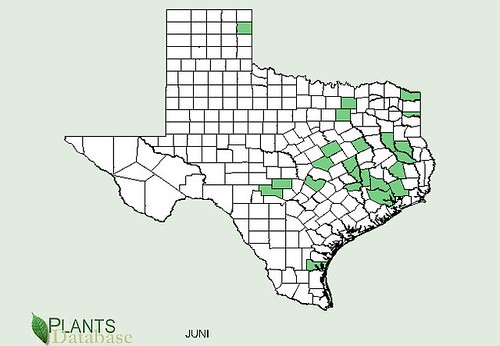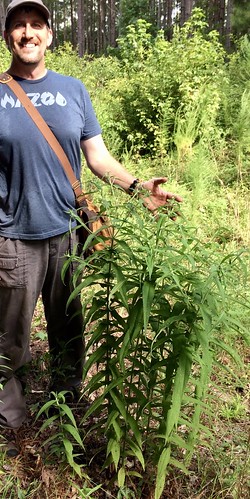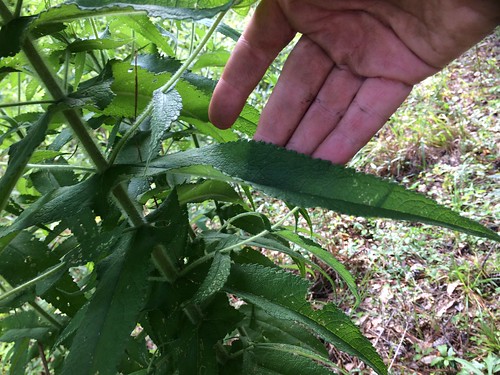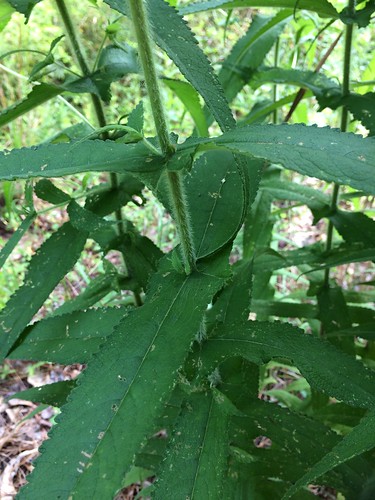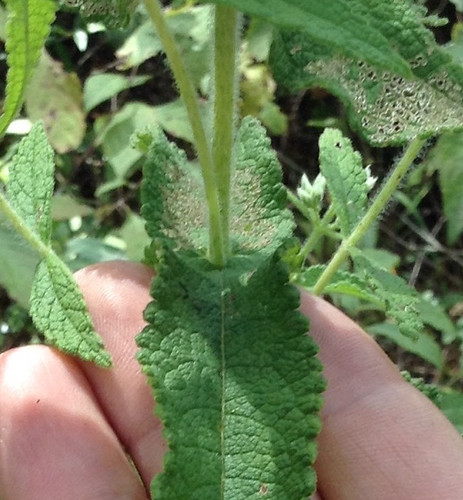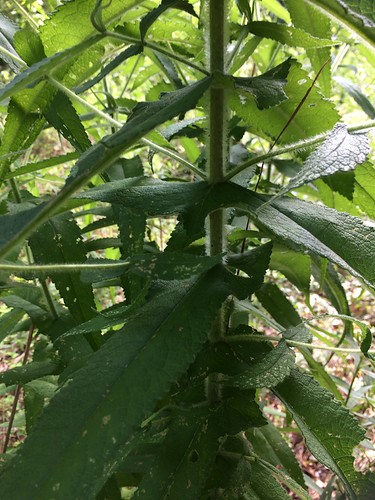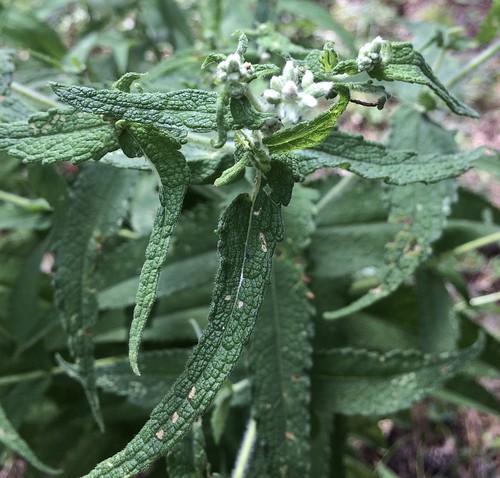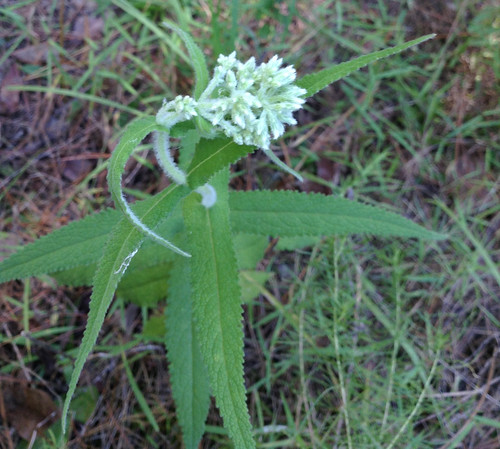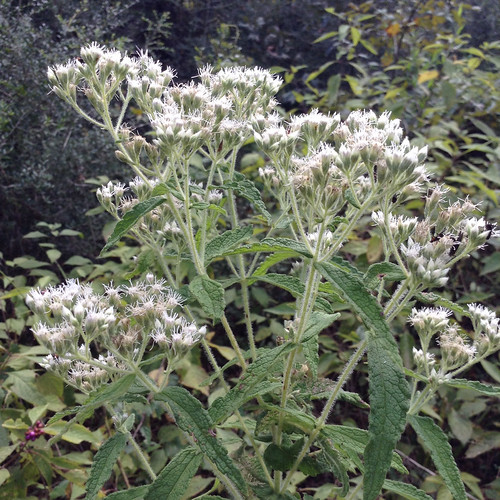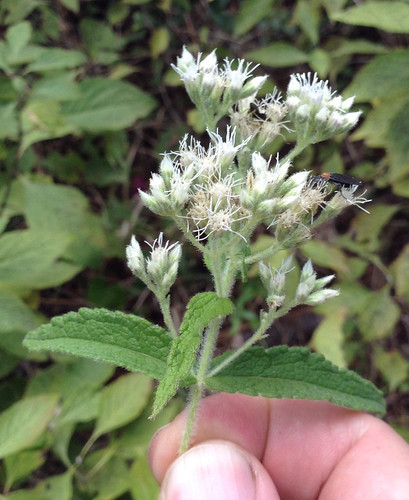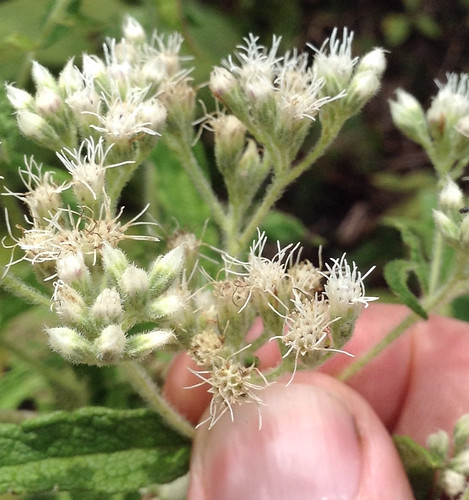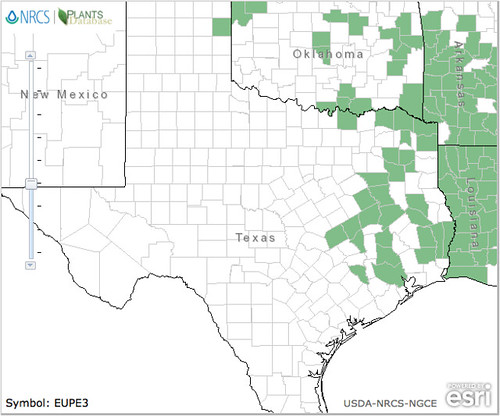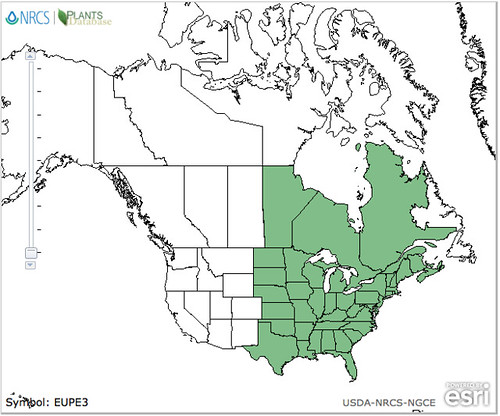Scientific name: Rubus spp.
Abundance: plentiful
What: flowers, berries
How: open mouth, insert flower/fruit, then chew
Where: Sunny wastelands, borders between woods and fields, blackberry plants grow as tall, vertical canes.
When: Spring
Nutritional Value: Vitamins K, E & C, folate, magnesium, manganese, potassium, copper, calories from sugar
Other uses: wine, jelly, tea
Dangers: sharp thorns
Medicinal Summary:
Root/Leaves - anti-diarrheal, soothes gastrointestinal inflammations, soothes skin inflammations (
tisane)
Leaf Arrangement: The leaves are arranged alternately along the stems.
Leaf Shape: The leaves are typically compound and consist of three to five leaflets. Each leaflet is generally oval in shape, pointed at the tips, with a length of 2 to 4 inches and a width of 1 to 2 inches.
Leaf Venation: The venation of the leaflets is pinnate, with prominent veins running from the central midrib to the edges.
Leaf Margin: The leaflets usually have serrated or toothed margins, which can be sharp.
Leaf Color: The upper side of the leaves is dark green, while the underside may be a slightly lighter shade of green.
Flower Structure: Blackberry flowers are typically composed of five distinct petals arranged in a radial pattern. They are located in clusters at the tips of the stems.
Flower Color: The flowers can be white or pinkish-white.
Fruit: The fruit of the blackberry is an aggregate of small drupelets, forming a cluster. Each drupelet contains a seed.
Seed: The seeds are small, typically around 0.1 inches in length, and have a dark color.
Stem: The stems are long, stiff, arching canes that are often covered in fine prickles or thorns. Older stems have a square/angular shape rather than being round, with a cross section of approximately 1/4".
Hairs: The stems and leaves may have fine hairs, especially when they are young, contributing to a slightly rough texture.
Height: Blackberry plants can vary in height, but they typically grow to a height of 3 to 10 feet, with arching canes that can reach the ground and root at the tips.
Blackberry flowers
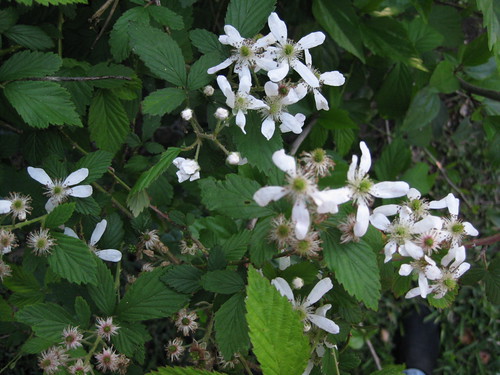
Close-up of Blackberry flowers.
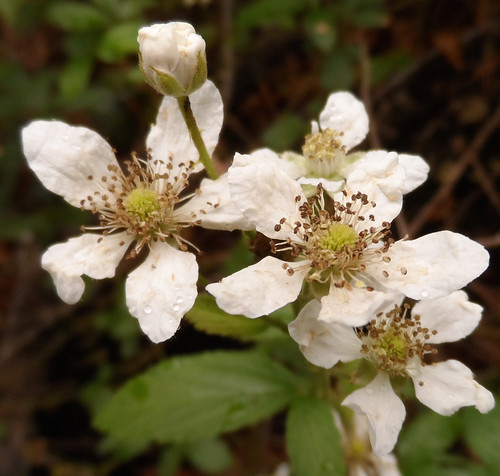
Close-up of unripe Blackberries.
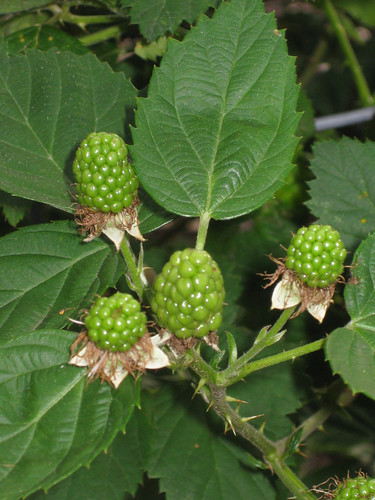
Blackberries in various stages of ripeness.

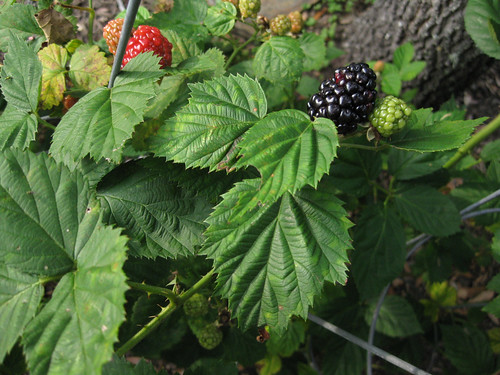
A thick Blackberry cane.
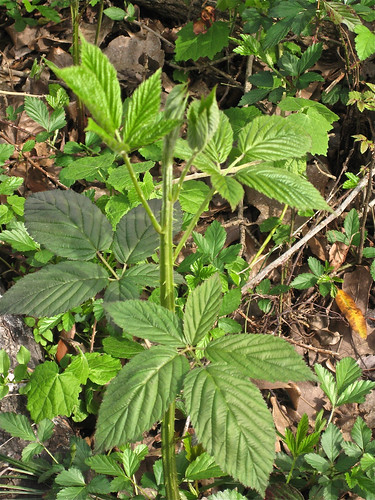
Close-up of the tip leaves of a Blackberry cane. Dried, they make excellent tea.
Texas distribution, attributed to U. S. Department of Agriculture. The marked counties are guidelines only. Plants may appear in other counties, especially if used in landscaping.
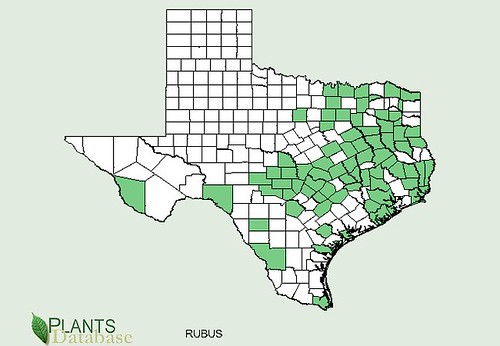
North American distribution, attributed to U. S. Department of Agriculture.
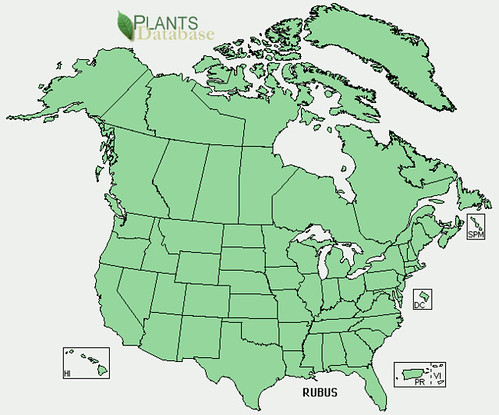
Blackberry brambles seem to line every roadside, abandoned wasteland, field edge and stream bank in East, Central, and Gulf Coast region of Texas. Other Texas regions also have them if enough water is present. The thorny blackberry canes makes passing through these plants a painful experience. Even the petioles of the leaves can have these spines. The canes begin producing new leaves in late winter, followed by many white flowers in March-April. The appearance of these flowers in Houston tell me it's time to do my taxes! The berries appear 6-10 weeks after the flowers. By mid-summer the blackberry canes will be brown and dried, seemingly dead though if the summer is mild the'll last into the fall.
A delicious tea can be made from blackberry flowers and/or its young leaves. I recommend using the leaves rather than flowers so as to not reduce the amount of fruit produced. For tea, pick young healthy leaves in late morning after any dew has dried but before the sun has had a chance to evaporate the volatile flavoring oils out of the leaves. Dry the leaves before use for a richer flavor. Keep the pot or mug covered so the volatile flavors stay in the tea rather than float out into your kitchen. The combination of blackberry and Yaupon holly leaves makes a most excellent and vitamin-rich tea rich.
The more sun and water the berries get the bigger and sweeter they will be. In dry or cloudy years or if growing in shady areas the berries will be small and tart. Blackberries will be at maximum ripeness when they are swollen and flat black. Shine black fruit are not quiet ripe yet and so won’t be at their maximum sweetness. These berries are fantastic raw, made into jelly, jam, or wine, boiled down into a syrup, made into cobbler or mixed into ice cream. Seriously, any dessert you have in mind can be made with blackberries!
An individual cane will only bear fruit in its second year. Once you've harvested the cane’s berries cut and dispose of the cane to make next year’s berry harvest easier. Beware of snakes and fire ant mounds hidden by the thick brambles as you pick the berries.
The technical name for this type of plant structure is a "cane" but I put it under "Vine" to make it easier to find by beginners.
Buy my book! Outdoor Adventure Guides Foraging covers 70 of North America's tastiest and easy to find wild edibles shown with the same big pictures as here on the Foraging Texas website.
